| Tuesday, November 12, 2019 | |
Session 1 - Materials and Processes for Wafer-Level Packaging |
|
| Chair |
Stefan Vanclooster, Global Business Director Polyimides, Fujifilm Electronic Materials
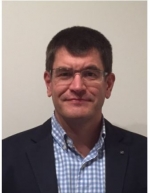
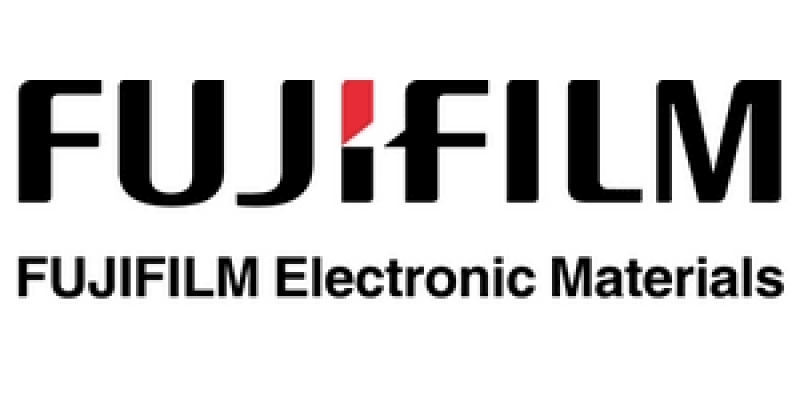 Biography |
| 12:30 | Introduction |
| 12:40 | Keynote |
Innovations in Fan Out for Heterogeneous Integration |
|
John Hunt, Senior Director, Engineering Marketing & Technical Promotion, ASE Group Innovations in Fan Out for Heterogeneous Integration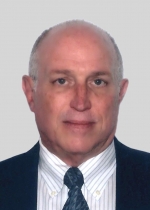
 Abstract Biography |
|
| 13:10 | Keynote |
Polymeric materials for Advanced packaging |
|
Amandine Pizzagalli, Technology & Market Analyst,Equipment & Materials - Semiconductor Manufacturing, Yole Développement Polymeric materials for Advanced packaging
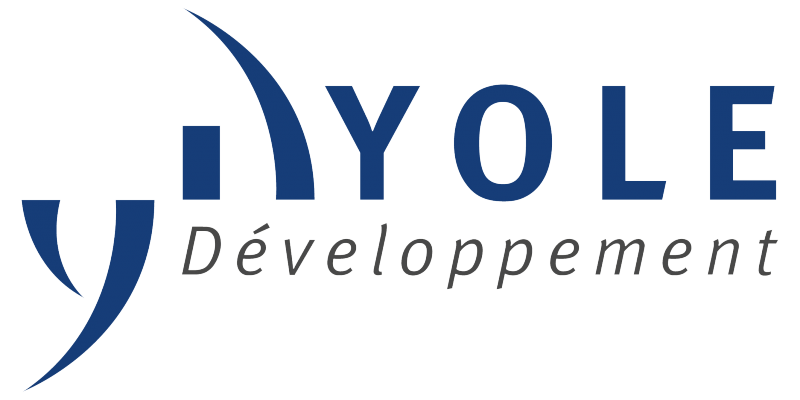 Abstract Biography |
|
| 13:40 | Innovative Interconnect and Encapsulation Developments for Wafer Level Packaging |
Ruud de Wit, EIMEA SU Head Semiconductors, Henkel Electronic Materials Innovative Interconnect and Encapsulation Developments for Wafer Level Packaging
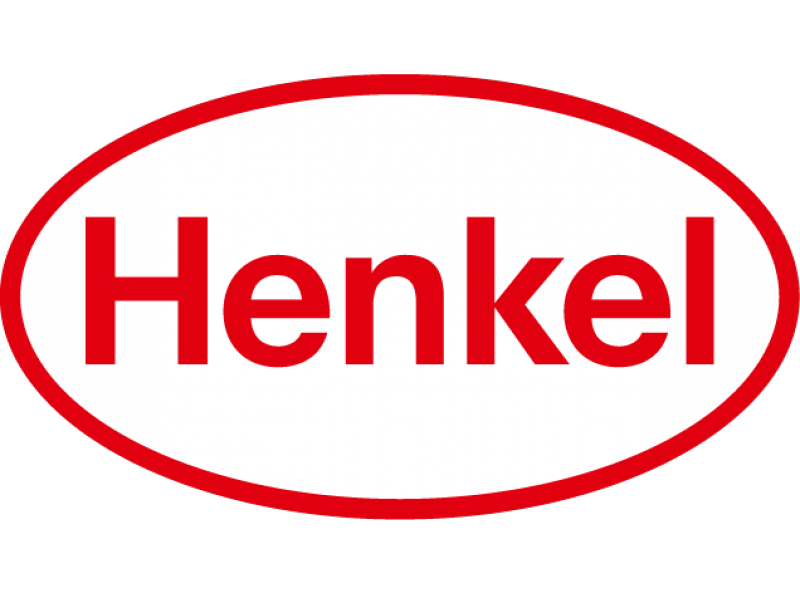 Abstract Biography |
|
| 14:05 | Temporary Bonding Materials: The Future Beyond Temporary Thin Wafer Handling |
Alice Guerrero, Senior Applications Engineer, Brewer Science, Inc Temporary Bonding Materials: The Future Beyond Temporary Thin Wafer Handling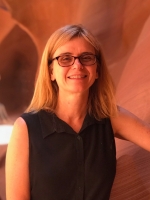
 Abstract Biography |
|
| 14:30 | Ultra-Low Stress Silicone Die-Attach Film For Stress Sensitive, SiP and Stacked Dies Assembly |
Thomas Seldrum, TS&D Scientist, DOW Silicones Belgium Ultra-Low Stress Silicone Die-Attach Film For Stress Sensitive, SiP and Stacked Dies Assembly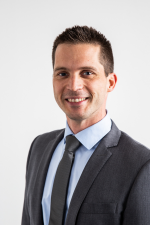
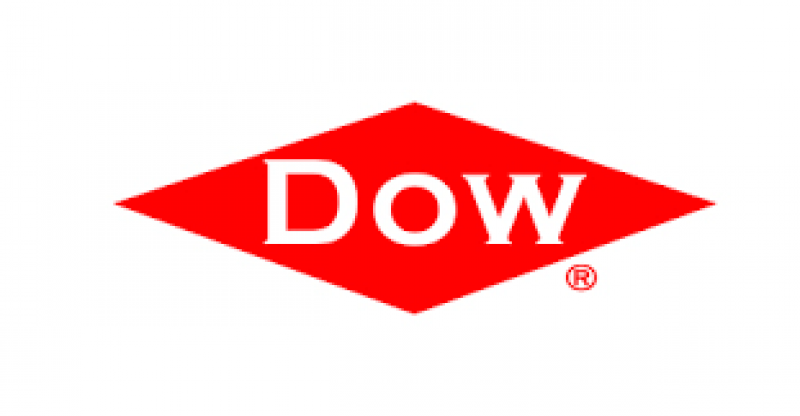 Abstract Biography |
|
| 12:40 | Innovations in Fan Out for Heterogeneous Integration |
| Speaker | |
| 14:55 | Coffee Break |
Session 2 - Substrates |
|
| Chair |
Douglas Guerrero, Senior Technologist, Brewer Science, Inc.

 Biography |
| 15:30 | SiGeSn – A new (old) building block for nano- and optoelectronic devices |
Jörg Schulze, Full Professor and Head of Institute, University of Stuttgart, Institute of Semiconductor Engineering (IHT) SiGeSn – A new (old) building block for nano- and optoelectronic devices
 Abstract Biography |
|
| 15:55 | New Prospects for Temperature and Current Sensing for Wide Bandgap Semiconductors |
Jonathan Winkler, Robert Bosch GmbH New Prospects for Temperature and Current Sensing for Wide Bandgap Semiconductors
 Abstract Biography |
|
| 16:20 | Germanium as an emerging strategic material for next-generation devices and applications |
R. Radhakrishnan Sumathi, Head Semiconductors, Leibniz-Institute for Crystal Growth (IKZ) Germanium as an emerging strategic material for next-generation devices and applications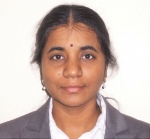
 Abstract Biography |
|
| 16:45 | Quality control in sapphire production: From automated defect detection to big data approach. |
Ivan Orlov, CEO, Scientific Visual Quality control in sapphire production: From automated defect detection to big data approach.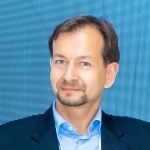
 Abstract Biography |
|
| 17:10 | Recent advancements in tailor-made silicon substrate manufacturing |
Päivi Sievilä, Customer Support Engineer, Okmetic Oy Recent advancements in tailor-made silicon substrate manufacturing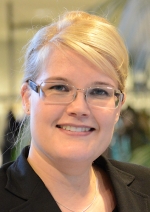
 Abstract Biography |
|
| 17:35 | End |
| Wednesday, November 13, 2019 | |
Session 3 - Power |
|
| Chair |
Herbert Pairitsch, Infineon
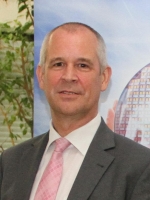
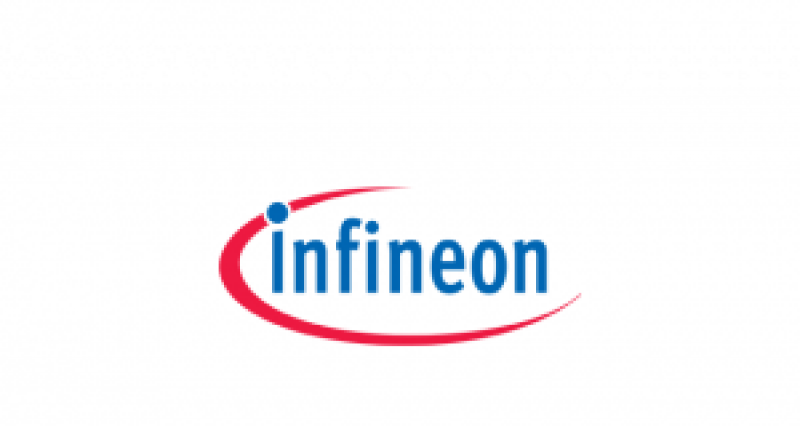 Biography |
| 09:00 | Introduction |
| 09:11 | Keynote |
Challenges for Cu-Metallization in More than Moore Applications |
|
Werner Robl, Senior Principal Metallization, Infineon Technologies AG Challenges for Cu-Metallization in More than Moore Applications
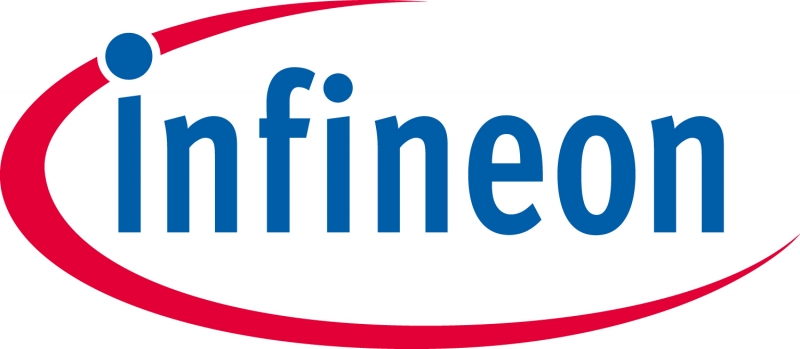 Abstract Biography |
|
| 09:40 | Influence of Chemical Copper Surface Treatments on the Mechanical Reliability and Failure Modes in Heterogeneous Integration Packages |
Jan M. Knaup, Manager R&D - Group R&D, Atotech Deutschland GmbH Influence of Chemical Copper Surface Treatments on the Mechanical Reliability and Failure Modes in Heterogeneous Integration Packages
 Abstract Biography |
|
| 10:05 | Expanding the engineered substrates era |
Christophe Maleville, EVP & CTO, SOITEC Expanding the engineered substrates era
 Abstract Biography |
|
| 10:30 | Coffee Break |
| 10:30 | Coffee Break |
Session 4 - Future Outlook |
|
| Chair |
Iain Buchanan, Versum Materials
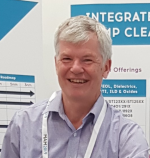
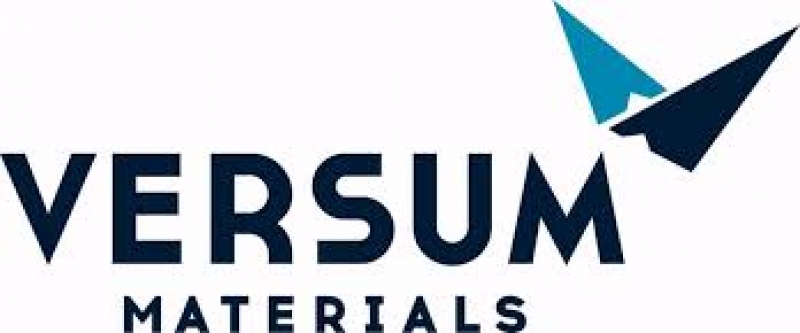 Biography |
| 11:30 | Keynote |
EUV lithography insertion for future nodes in imec |
|
Philippe Leray, Imec EUV lithography insertion for future nodes in imec
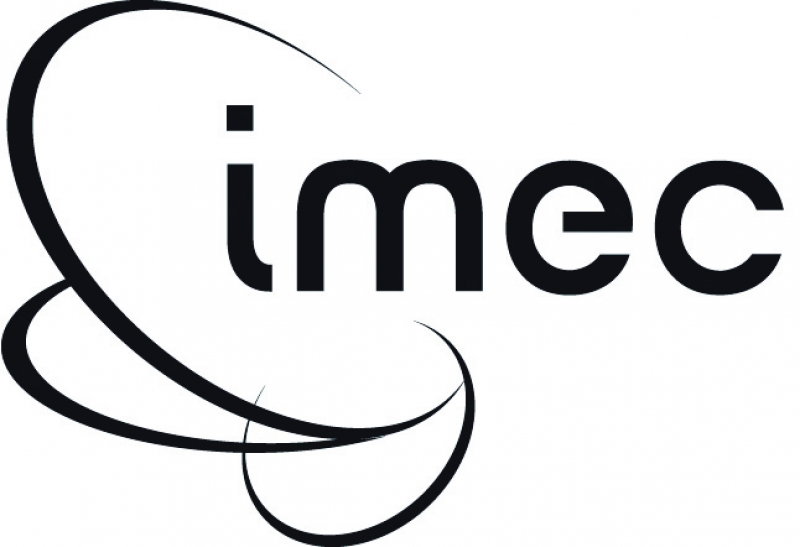 Abstract Biography |
|
| 12:00 | Keynote |
The use of chemicals in the Semi conductor industry and the regulatory requirements or concerns |
|
Catherine Jakus, Regulatory affairs director, JSRmicro N.V. The use of chemicals in the Semi conductor industry and the regulatory requirements or concerns
 Abstract Biography |
|
| 12:30 | Temperature-dependent thermal properties of nm-thin Nb2O5 using a novel thermal impedance approach |
Stefan Defregger, Technology Programm Manager, Materials Center Leoben Forschung GmbH Temperature-dependent thermal properties of nm-thin Nb2O5 using a novel thermal impedance approach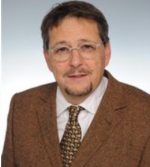
 Abstract Biography |
|
| 12:55 | Nanopatterning for Reduced Template Hetero-Epitaxy of Low Defect Density Semiconductors |
Guy Feuillet, CEA-Leti Nanopatterning for Reduced Template Hetero-Epitaxy of Low Defect Density Semiconductors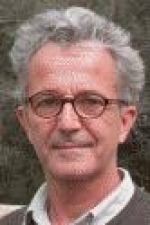
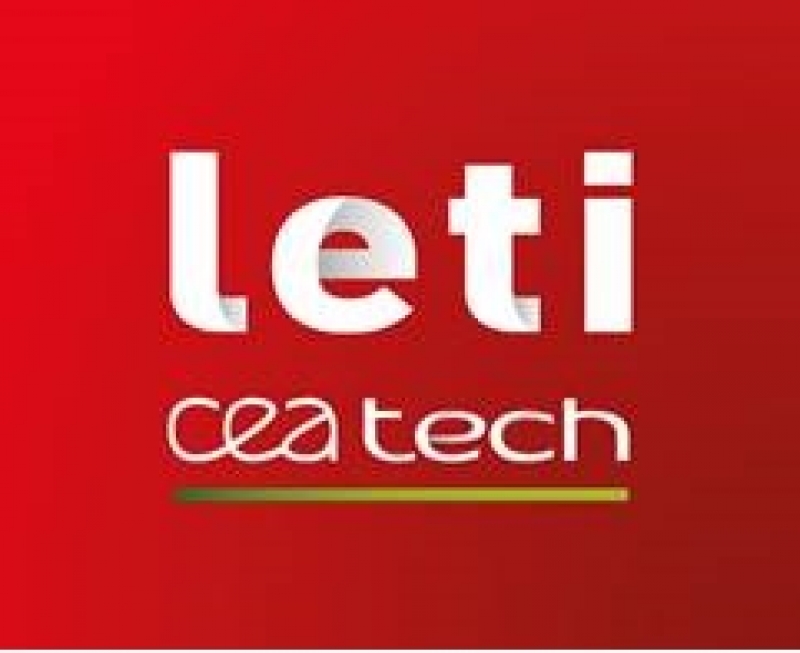 Abstract Biography |
|
| 13:20 | More novelty and less risk with materials modelling for the semiconductor roadmap |
Simon Elliott, Director, Schrödinger Inc More novelty and less risk with materials modelling for the semiconductor roadmap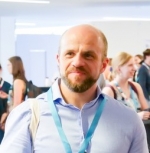
 Abstract Biography |
|
| 13:45 | Closing remarks |
| 14:05 | End |